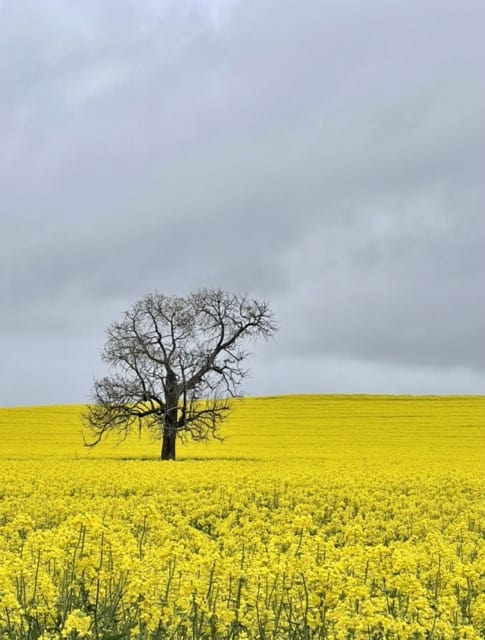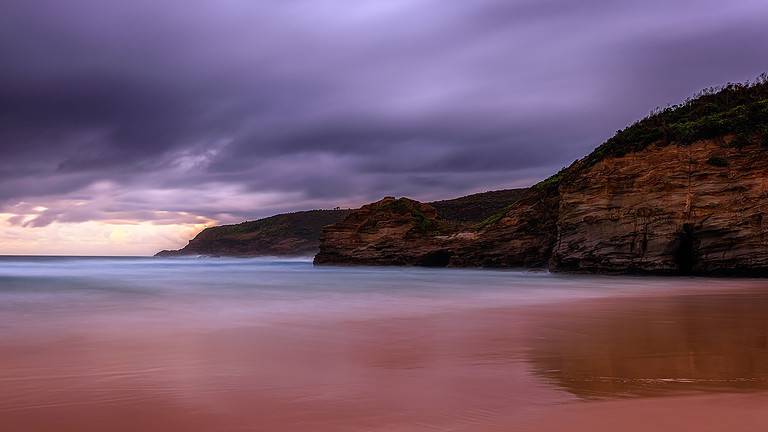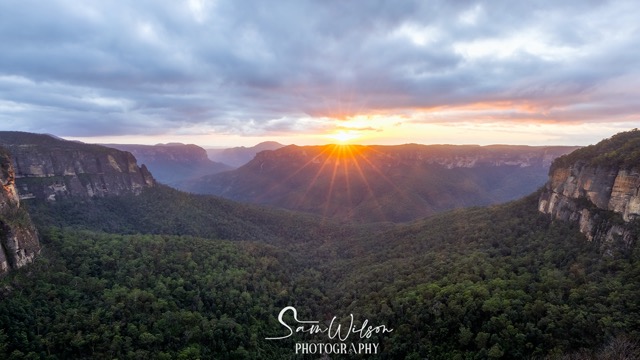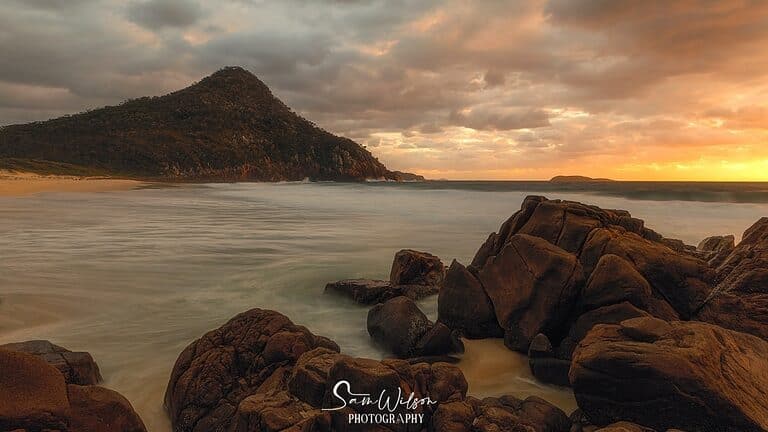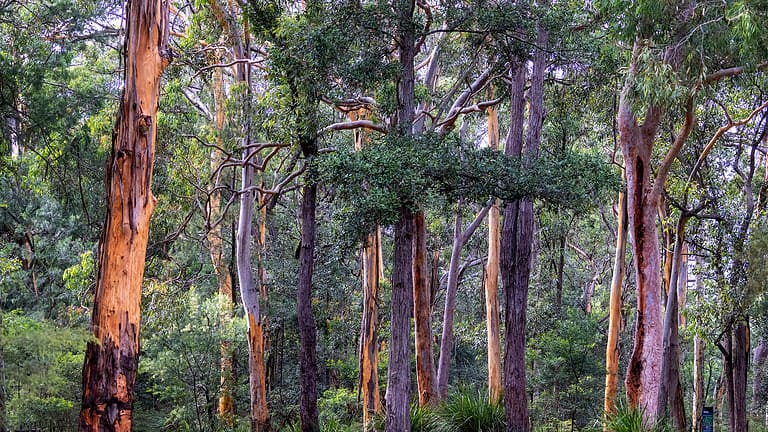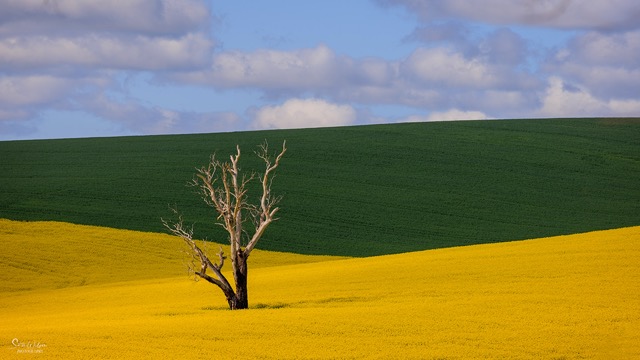Create a Travel Photography Shot List: Come Home With Great Photos
Do you know the feeling of returning home after an awesome trip so excited to see your photos only to realise they just don’t capture your experience?
Trust me, I know what that feeling is like. All the excitement of your travel experiences can be so overwhelming that you can forget to take the images you dreamed of.
But with a little planning, and these tips coming up, it doesn’t have to be that way!
Creating a travel photography shot list before you travel will ensure you don’t miss any of those important memory-making images, and have a collection of images that you’ll love and want to share with the world.
A travel photography shot list is essentially a catalogue of all the shots you want to capture while exploring your destination.
It’s a fantastic way to organise your thoughts and prioritise the various photo opportunities in the locations you’re visiting. Not only does a shot list keep you focused, but it prompts you to look out for those unique scenes that make your travel photography stand out.
By incorporating a variety of subjects such as landscapes, people, culture, architecture, and those little details that evoke the essence of a place, you’ll create a memorable visual narrative.
As you prepare for your journey, researching your destination is key to compiling your perfect shot list. So pack your gear and check out this list before you head off on your photographic journey.
Why a Travel Photography Shot List is Important
A travel photography shot list is like a roadmap for your photography adventures.
It helps you stay organised and ensures that you capture everything you want to during your trip.
It’s easy to get carried away with the main tourist sights at a location and miss the little things, but a shot list can help you remember to capture those details that can add variety to your collection of travel photos.
Not only does a shot list keep you organised, but it also helps you manage your time more effectively. By thinking about each scenario before you even leave for the trip, you can plan your time and avoid trying to pack in too many things.
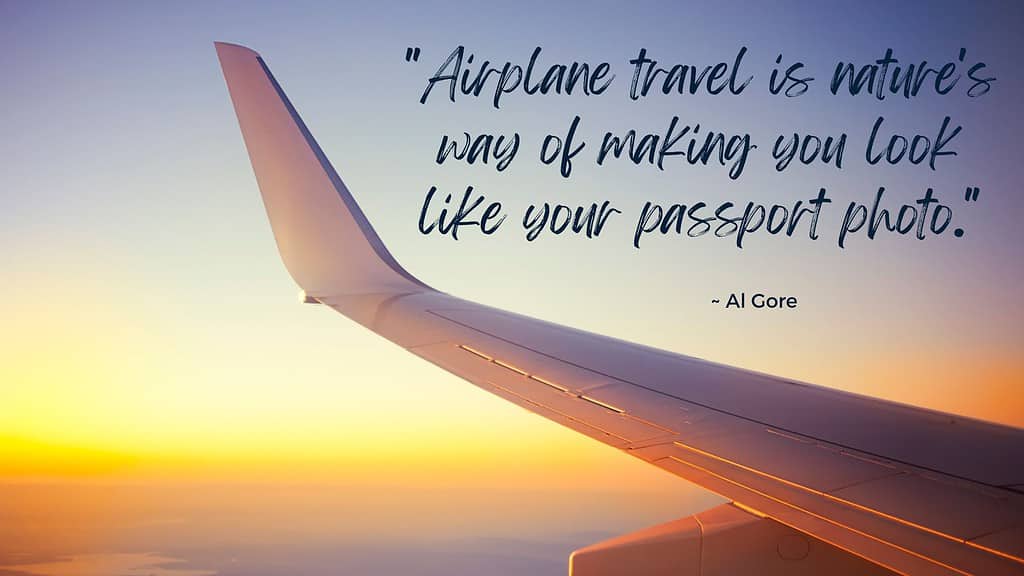
Planning and Research
Creating a travel photography shot list requires some planning and research, but it’s worth it to ensure that you capture everything you want during your trip. Here are some tips to help you plan and research your shot list:
Try to become the most knowledgeable tourist in town by learning about the famous sights, local experiences, and history of the area. Discover hidden gems and unusual places to capture unique images.
Your research could include reading books, articles, and blogs, talking to locals and other travellers, and scouting locations online with platforms like Google Maps, Instagram, and Pinterest.
However, even with all the planning in the world, real-life situations will not always match your ideal plan.
That’s why it’s important to be adaptable and open to new situations.
You may not get every shot on your dream list, but you’ll likely come home with even more unique and memorable shots of those times when things don’t go perfectly.
You just have to remain aware and always looking!
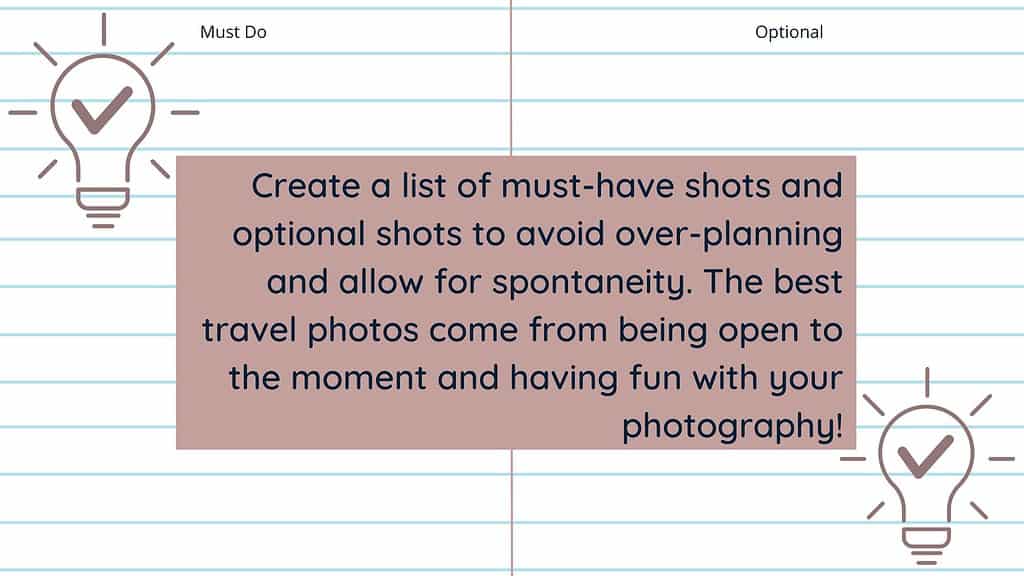
How to Create Your Travel Photography Shot List
There are many ways to create a travel photography shot list, depending on your personal preferences and tools available. Here are some common formats for creating your shot list:
1. Spreadsheet: My favourite method is to use a spreadsheet program like Microsoft Excel or Google Sheets to create a table with columns for shot categories, specific shots, and notes. This format allows you to easily sort and filter your shots, and can be easily updated, saved to your device and shared.
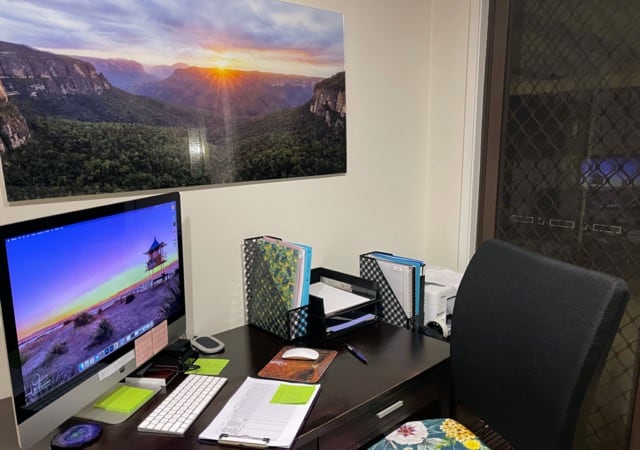
2. Pen and paper: Write down your shot list on a notebook or notepad. This format is simple and portable, and allows you to quickly jot down ideas and notes. However, it can be difficult to organise and update your list on the go.
3. Phone App: the easiest way is to simply use a note-taking app like Apple Notes or Google Keep to create your travel photography shot list. These apps allow you to easily create and organise notes and lists, and can be accessed on your phone or tablet.
Capturing the Essence of Your Destination
To truly capture the essence of your destination, there are three key aspects: Architecture and Landmarks, People and Local Culture, and Nature and Landscape Photography.
You will of course be drawn to photograph what you love, but keep these three areas in mind to ensure you create a comprehensive and interesting shot list:
Architecture and Landmarks
Architecture and landmarks are often the most recognizable features of a destination, and they make great subjects for travel photography.
Try to capture the architecture and landmarks from different angles and perspectives to add variety to your photos. This could include close-up shots of intricate details or wider shots that show the building or landmark in its entirety.
It’s also important to consider the lighting conditions when photographing architecture and landmarks. The best time to capture these types of shots is often during the “golden hour,” which is the hour after sunrise or the hour before sunset when the light is soft and warm.
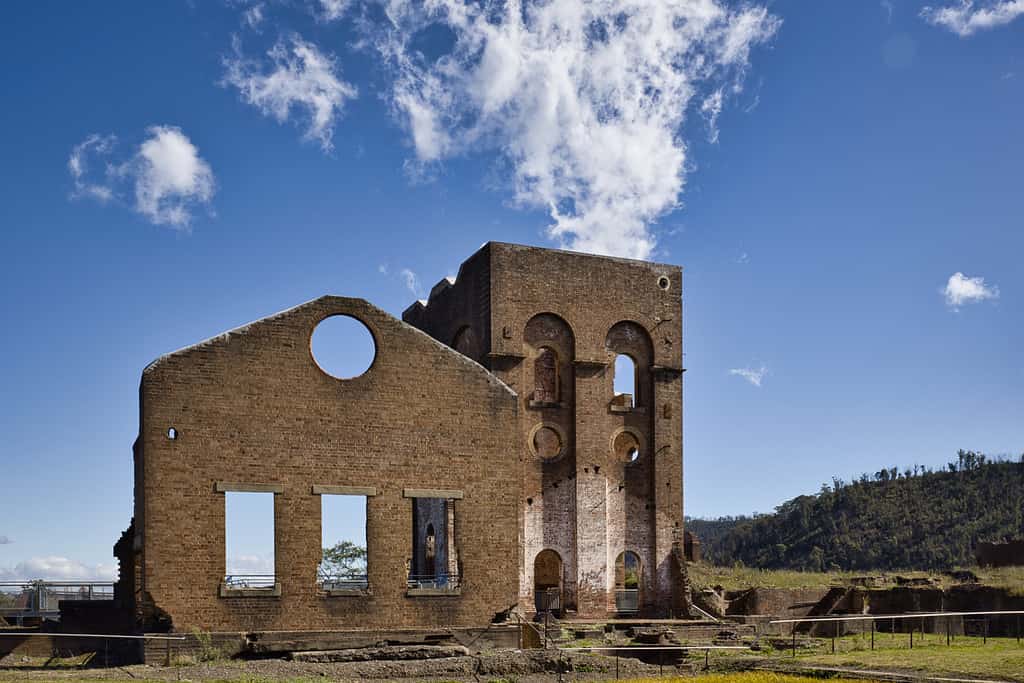
People and Local Culture
One of the most unique features of any destination is its people and culture. To truly showcase the essence of a destination, you need to capture the people and the local culture.
It’s important to understand and respect the locals’ privacy and culture, so always be aware and mindful of this. If you’re not sure whether it’s appropriate to take a photo, it’s always best to ask permission first. This can also be a great way to connect with locals and learn more about their culture.
Landscape and Nature Photography
If you’re like me, landscape and nature photography is your favourite type of photography. There’s something special about capturing the beauty of the natural world that can be both calming and awe-inspiring.
When photographing landscapes and nature, it’s important to consider the best time of day and lighting conditions. Sunrise and sunset are often the best times to capture these types of shots, as the soft and warm light can add a magical quality to your photos.
Try to capture different perspectives and angles to add variety to your photos. This could include wide-angle shots that capture the entire landscape or close-up shots that focus on a specific detail, such as a flower or a rock formation.
It’s also important to consider the weather conditions when photographing landscapes and nature. While sunny days can be great for capturing vibrant colours, cloudy or misty days can add a moody and atmospheric quality to your photos.
Tips for More Unique Travel Photos in Busy Tourist Locations
Don’t let your photography get in the way of enjoying the moment. Take time to put your camera down and soak in the beauty of your surroundings.
Beyond the Obvious: Creative Ideas for Your Travel Photography Shot List
Once you’ve got the ‘essentials’ out of the way, it’s time to dig a little deeper and capture images to make your collections unique, not just one full of cliches and travel ‘snaps’.
Here’s some ideas to help you stand out from the pack:
- Food: and not just your Insta meal shots; try and get behind the scenes.
- Daily Life: Capture the everyday moments of locals, such as people going about their daily routines, kids playing, and families spending time together.
- Religion: Photograph places of worship, religious ceremonies, and symbols of faith to capture the spiritual essence of your destination.
- Transport: Photograph different modes of transportation, such as trains, buses, and boats, to capture the unique ways people get around in your destination.
- Festivals and Events: these will come up as part of your research
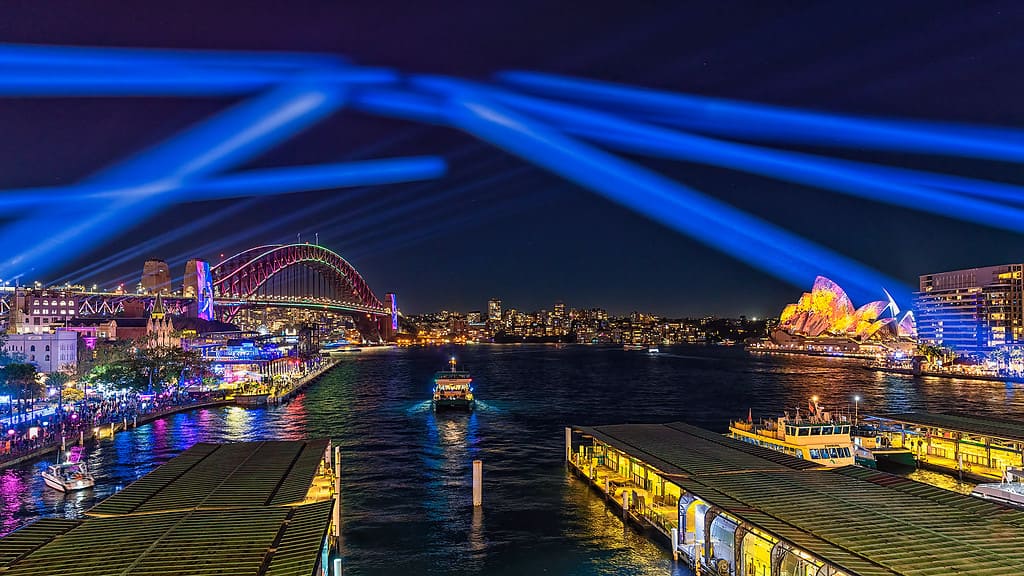
- Close-up: Get up close to capture intricate details and textures of objects, such as food, architecture, and nature.
- Signs: Photograph signs and billboards to capture the language and culture of your destination.

- Flags: Capture the flags of your destination to show national pride and patriotism.
- Bridges: Photograph bridges to capture the architecture and engineering of your destination.
- Lighthouses: Capture lighthouses to showcase the maritime history and culture of your destination.
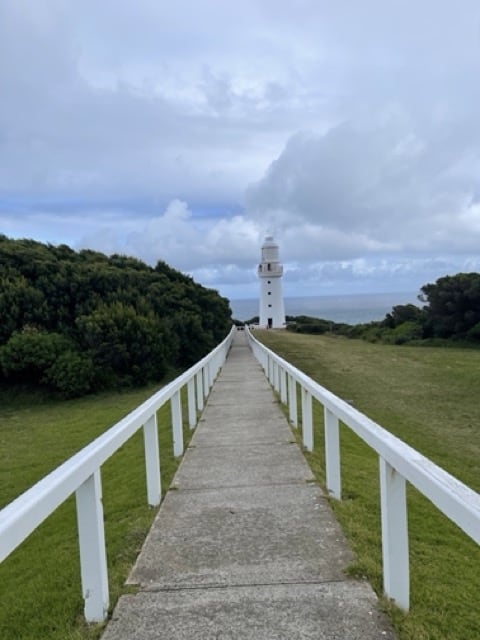
- Windmills: Photograph windmills to capture the agricultural and industrial heritage of your destination.
- Street Art: Capture street art and murals to showcase the creative talent and cultural expression of your destination.
- Silo Art: Photograph silo art to capture the unique and creative public art installations in rural areas.
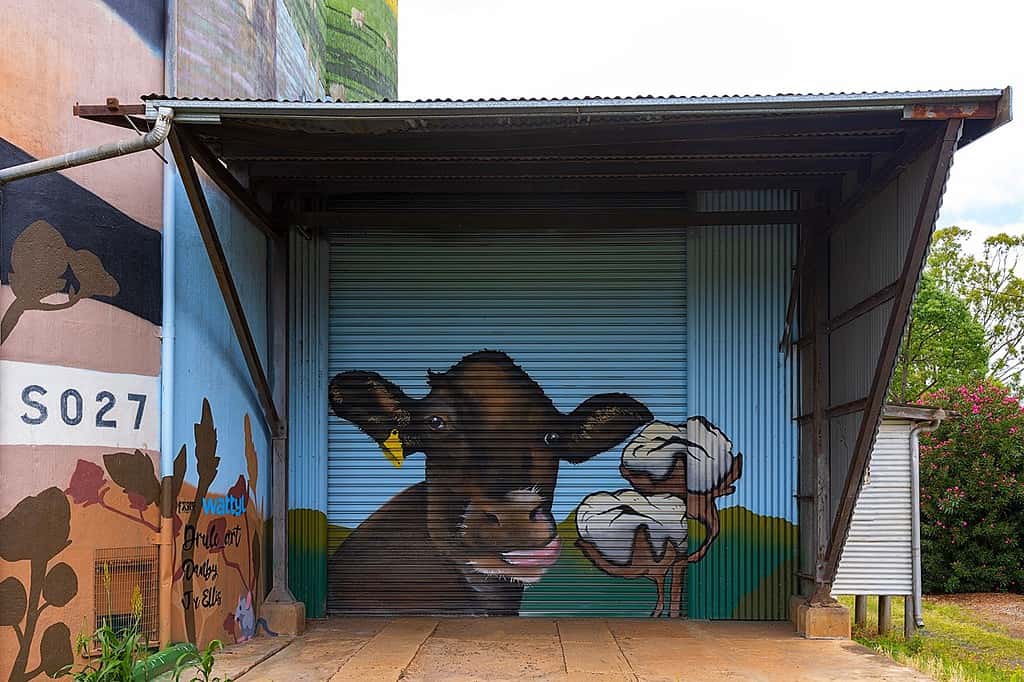
- Fashion: Capture the fashion and style of locals to showcase the unique fashion culture of your destination.
- Industry: Photograph factories and industrial landscapes to capture the industrial heritage and culture of your destination.
- Fountains: Capture fountains to showcase the public art and architectural beauty of your destination.
- Wildlife: Photograph domestic and wild animals to capture the natural beauty and wildlife of your destination.
- Plants and flowers: Photograph plants and flowers to capture the natural beauty and flora of your destination.
- Agriculture/Farming: Photograph farms and agricultural landscapes to capture the rural and agricultural essence of your destination.
- Silhouettes: Use natural light to create interesting shadows and silhouettes of people and objects.
- Markets: Photograph markets to capture the vibrant and colourful atmosphere of your destination.
- Accommodation: Photograph your accommodation to showcase the unique and interesting places you stayed in while travelling.
- Reflections: Capture reflections of buildings, landscapes, and people in water or other reflective surfaces.
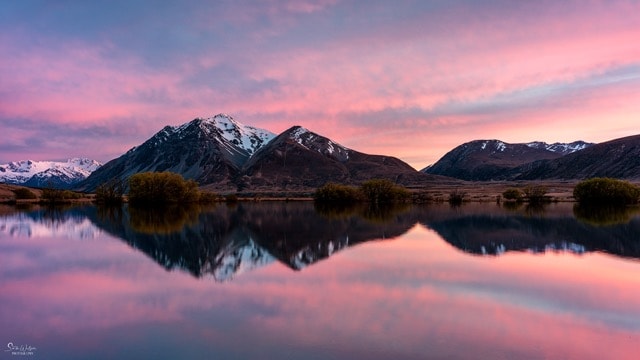
- Shadows: Use natural light to create interesting shadows and silhouettes.
- Patterns and Textures: Look for interesting patterns and textures in architecture, landscapes, and everyday objects.
- Night Photography: Experiment with long exposures and capturing the city lights or stars in the night sky.
- Abstract Photography: Use creative techniques, such as intentional camera movement or multiple exposures, to create abstract and artistic photos.
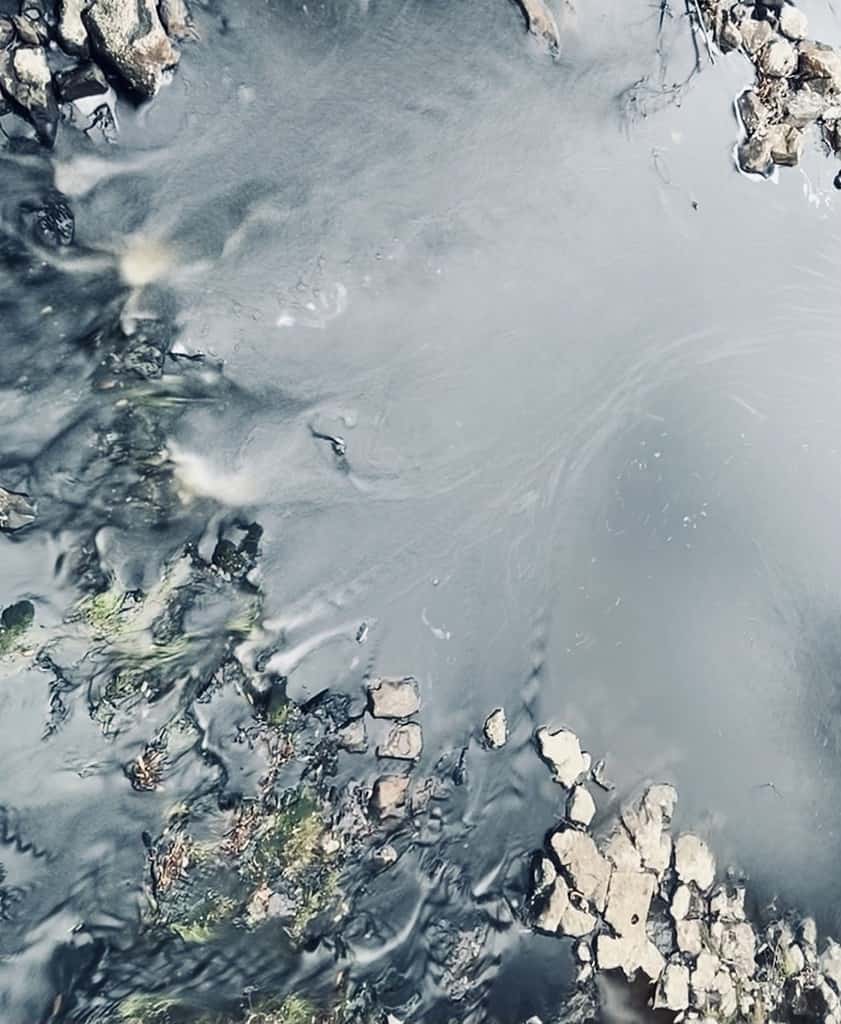
By incorporating these creative and unique ideas into your travel photography shot list, you can capture the essence of your destination in a way that goes beyond the obvious and cliché.
Remember to keep an open mind, experiment with different techniques, and have fun with your photography to create images that truly capture the spirit of your travels.
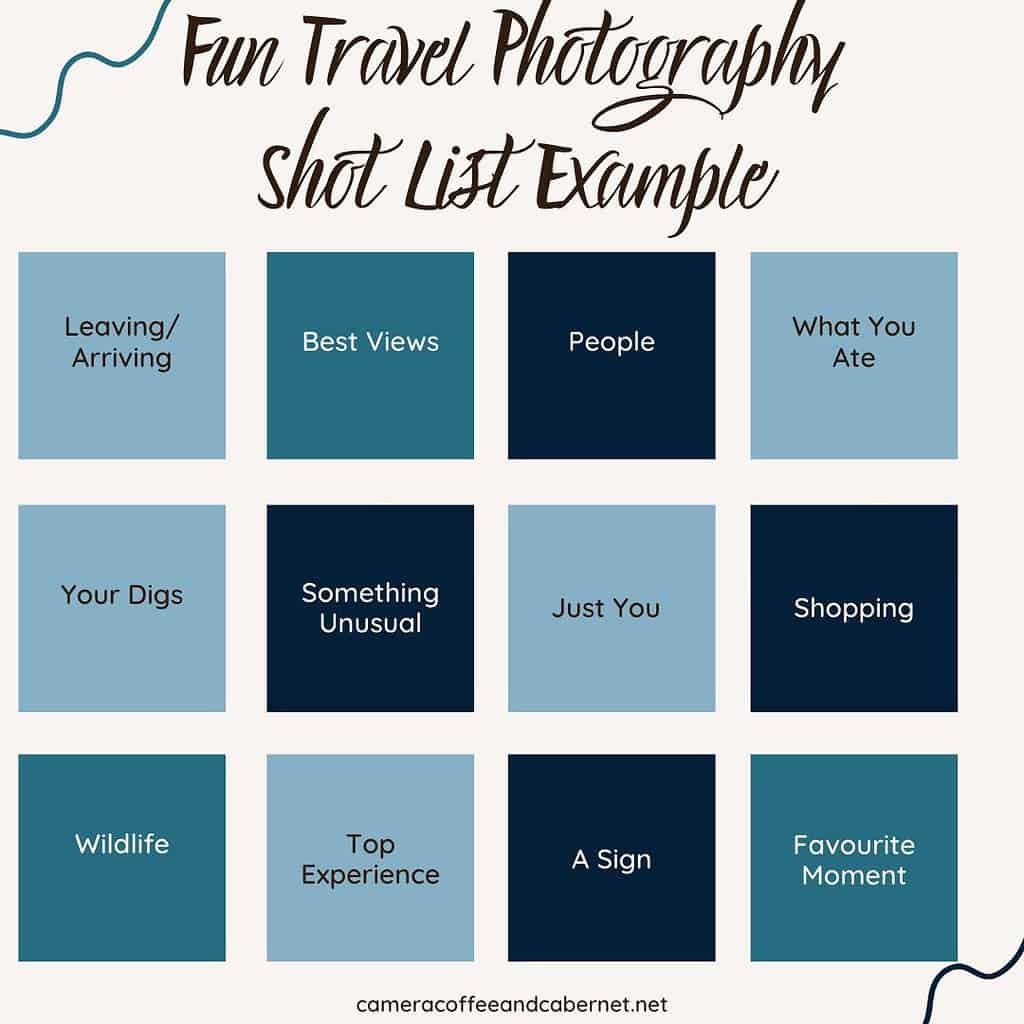
Photography Tip: If you’re looking for some photography inspiration and planning on trying new photography techniques, make sure you study and practise these before you go!
Here’s some articles you might find helpful for this:
- Planning The Perfect Photography Trip
- Camera Settings For Landscape Photography: Complete Guide
- How To Find Photography Locations
- The Beauty Of Long Exposure Landscape Photography
- Sunset Photography for Beginners: Tips and Best Camera Settings
- Travel Landscape Photography: Tips to get Great Photos When Travelling
Organising Your Shot List
Once you have all of your ideas, topics and themes it’s time to categorise and prioritise your shots in your chosen format.
Firstly I organise them into locations if visiting more than one, and then further into categories such as landscapes, architecture, food and culture.
Things to include when planning:
- Subject and location
- Time of day for the best light
- Essential equipment
- Key dates if there’s any special events you want to cover
This will help you stay focused and organised so that you capture as many of the shots you’re after and be the most efficient with your time – the one thing we never have enough of!
Don’t forget to pack a sense of humour and a willingness to go with the flow. Travel can be unpredictable, so be ready for anything!
FAQ’s
What gear do you need for travel photography?
The equipment you need will depend on your personal preferences and the type of photography you want to do. Some essentials include a camera, lenses, memory cards, batteries, and a tripod. Consider the weight and size of your gear, as well as its durability and versatility for travel.
How do I approach people to ask for permission to take their photo?
Be respectful and polite when approaching people. Explain why you want to take their photo and ask for their permission. Be open to their response and don’t take their photo if they are uncomfortable or say no. Consider offering to share the photo with them as a gesture of goodwill.
What are some tips for editing and post-processing my travel photos?
Use editing software to adjust exposure, contrast, and colour balance to enhance your photos. Be careful not to over-edit or make your photos look unrealistic. Consider cropping or straightening your photos to improve the composition. Use presets or filters sparingly to add a unique look to your photos.
How can I protect my camera and gear while travelling?
Use a durable and protective camera bag to store and transport your gear. Consider using a lens hood or filter to protect your lens from scratches or damage.
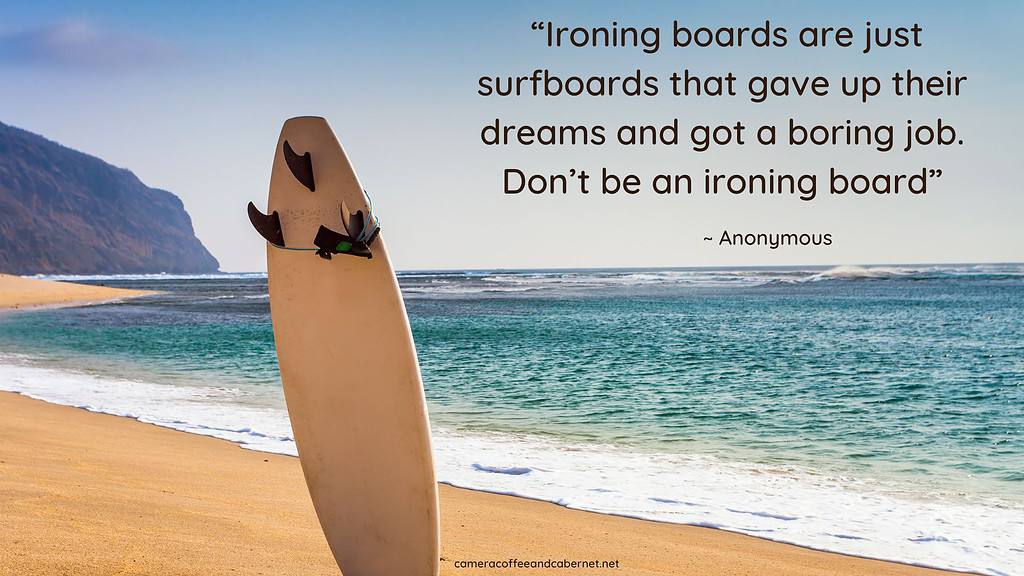
Conclusion
So there you have it, a comprehensive guide to creating your ultimate travel photography shot list!
Remember to stay organised and plan ahead, focus on the subjects and scenes that interest you, and don’t be afraid to capture unexpected moments.
Use composition techniques to make your photos stand out and showcase the essence of the locations you visit. Try various genres of photography to add variety to your shot list and experiment with different camera settings and framing styles.
With a well-rounded travel photography shot list in hand, you’ll be better prepared to document the beauty and excitement of your adventures, ensuring that you won’t miss any precious moments.
I hope this guide has inspired you to create your own travel photography shot list and provided valuable tips and ideas.
Don’t forget to share your thoughts and favourites you like to photograph in the comments below, and happy shooting!
That’s it for now – Keep clicking and stay caffeinated
Like this post? PIN it so you can save it for later

Don’t miss a post – sign up Here if you haven’t already
Note – Unless otherwise stated, all photos are mine and remain my copyright images – Sam Wilson Photography.



